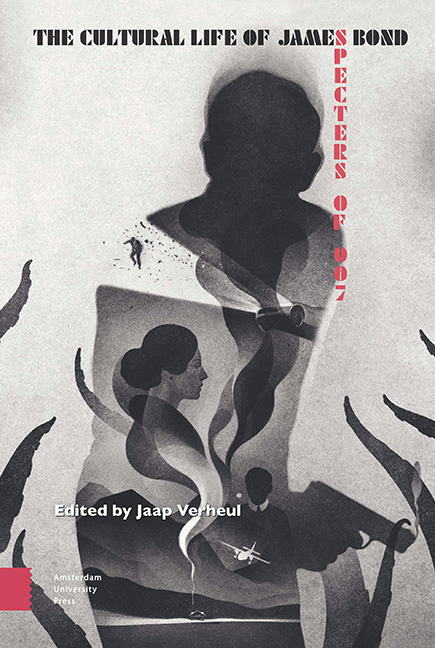Book contents
15 - Three Dimensions of Bond: Adaptive Fidelity and Fictional Coherence in the Videogame Adaptations of GoldenEye
Published online by Cambridge University Press: 20 November 2020
Summary
Abstract
Rare's 1997 game GoldenEye 007 redefined the first-person shooter genre not only through its mission-based gameplay, improved enemy AI, and architecturally believable level designs, but also how it combined these features to create an internally consistent, believable Bond experience. When the game was remade in 2010, new developers Eurocom had to negotiate intellectual property restrictions and new genre developments to create a game that was both faithful to the beloved original and successful on its own terms. We explore the relationship between these games via the rubrics of adaptive fidelity (how faithfully each game operates as an adaptation of the GoldenEye film) and fictional coherence (how well their own components collaboratively encourage role-play as the character of Bond).
Keywords: first-person shooter; adaptation; GoldenEye 007; role-play; transmedia; James Bond
In 1995, Nintendo approached videogame development company Rare, Ltd. about designing a game based on the then in-production James Bond film GoldenEye (UK/USA: Martin Campbell, 1995) as a platform-exclusive title for their Nintendo 64 console. While the resulting game, GoldenEye 007 (1997), first appeared to be a routine production, comparable to releasing action figures or other merchandise to accompany a movie release, it would ultimately become a surprise critical and commercial success and a landmark both of film-to-videogame adaptation and of the emerging first-person shooter genre. While its multiplayer mode created the biggest stir, its single-player levels are remembered today not only for their innovative mission objectives, enemy behavior, and level design, but for the way these features worked to create an internally consistent, believable Bond experience.
In 2010, another videogame adaptation of GoldenEye appeared, this time developed by Eurocom for the Nintendo Wii. The motivations behind this re-adaptation have very little to do with any lingering popularity for the then fifteen-year old Pierce Brosnan vehicle—instead, it had been the enduring, nostalgia-enriched reputation of the original game that prompted the return of this particular storyline from the Bond canon. A curious double-adaptation, the 2010 game serves as a case study in the adaptation and mutation of intellectual property, as well as the development of the first-person shooter genre, particularly as a medium for storytelling.
- Type
- Chapter
- Information
- The Cultural Life of James BondSpecters of 007, pp. 309 - 326Publisher: Amsterdam University PressPrint publication year: 2020



